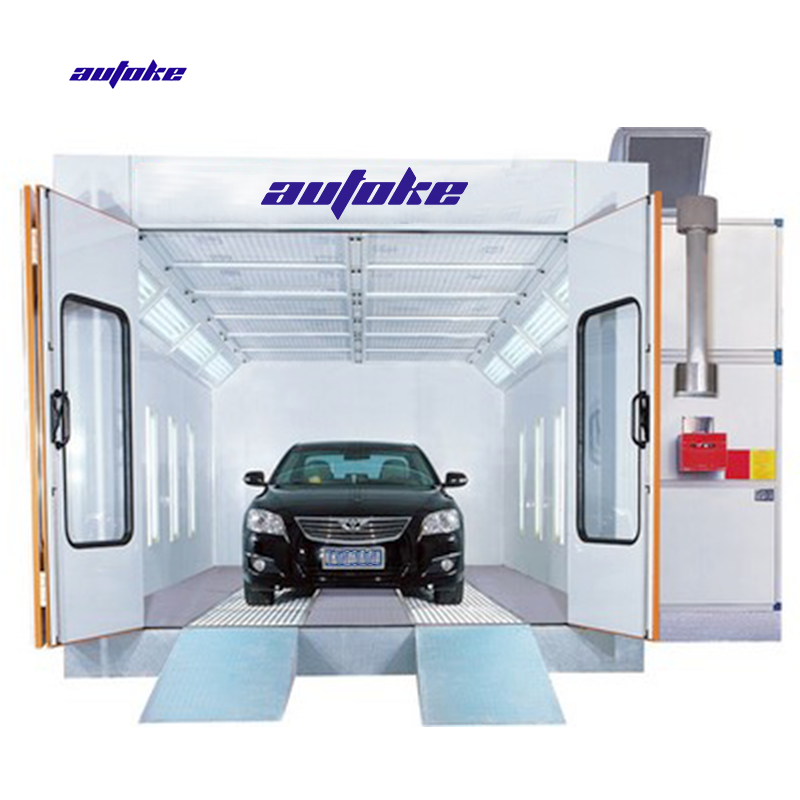When it comes to constructing or renovating a building, one of the most critical decisions revolves around the choice of materials for exterior walls. The right material not only enhances the aesthetic appeal of a structure but also plays a pivotal role in energy efficiency, durability, and maintenance. In this article, we will explore various materials available for exterior walls, weighing their pros and cons to help you make an informed decision.
Understanding the Role of Exterior Walls
Exterior walls serve multiple functions: they provide structural support, protect against environmental elements, and contribute to the overall energy efficiency of a building. The choice of material can significantly impact insulation, moisture resistance, and the building's ability to withstand harsh weather conditions. Therefore, understanding the properties of different materials is essential for any construction project.
Common Materials for Exterior Walls
- Brick Pros: Brick is a classic choice known for its durability and low maintenance. It offers excellent thermal mass, which helps regulate indoor temperatures. Additionally, brick is fire-resistant and provides good sound insulation. Cons: The initial cost of brick can be higher than other materials, and its installation requires skilled labor. Brick also has limited insulation properties on its own, necessitating additional insulation layers.
- Vinyl Siding Pros: Vinyl siding is one of the most popular materials due to its affordability and ease of installation. It is available in various colors and styles, allowing for customization. Vinyl is also resistant to moisture and does not require painting. Cons: While vinyl siding is durable, it can be prone to fading and cracking over time, especially in extreme temperatures. It also offers less insulation compared to other materials.
- Wood Pros: Wood is a traditional material that provides a warm, natural aesthetic. It is highly customizable and can be treated for enhanced durability. Wood also offers good insulation properties. Cons: Wood requires regular maintenance, including painting or staining, to protect against rot and insect damage. It is also less fire-resistant than other materials.
- Stucco Pros: Stucco is a versatile material that can be applied to various surfaces. It is highly durable and can withstand harsh weather conditions. Stucco also provides good insulation and can be finished in various textures and colors. Cons: Stucco can crack over time, especially in areas with significant temperature fluctuations. Proper installation is crucial to prevent moisture issues.
- Fiber Cement Pros: Fiber cement is a composite material that combines cement, sand, and cellulose fibers. It is highly durable, resistant to fire, rot, and pests, and requires minimal maintenance. Fiber cement can mimic the appearance of wood or stucco, providing aesthetic flexibility. Cons: The initial cost of fiber cement can be higher than vinyl or wood, and its installation requires skilled labor. It is also heavier than other materials, which may require additional structural support.
- Metal Pros: Metal siding, such as aluminum or steel, is gaining popularity for its modern aesthetic and durability. It is resistant to rot, pests, and fire, and can be recycled at the end of its life cycle. Metal also requires minimal maintenance. Cons: Metal can be prone to dents and scratches, and it may not provide as much insulation as other materials. Additionally, it can be noisy during rain or hail.
Factors to Consider When Choosing Exterior Wall Materials
- Climate: The local climate plays a significant role in material selection. For example, areas with high humidity may benefit from moisture-resistant materials, while regions with extreme temperatures may require materials with excellent insulation properties.
- Budget: Consider both the initial cost and long-term maintenance expenses. While some materials may have a lower upfront cost, they may require more frequent repairs or replacements.
- Aesthetic Preferences: The exterior appearance of a building is crucial for curb appeal. Choose materials that align with your design vision and complement the surrounding environment.
- Sustainability: With increasing awareness of environmental issues, consider materials that are sustainable and energy-efficient. Look for options that have a lower carbon footprint and can contribute to energy savings.
- Local Building Codes: Always check local building codes and regulations, as they may dictate specific materials or construction methods based on safety and environmental considerations.
Conclusion
Selecting the best material for exterior walls is a multifaceted decision that requires careful consideration of various factors, including climate, budget, aesthetics, and sustainability. Each material has its unique advantages and disadvantages, making it essential to assess your specific needs and preferences. By understanding the properties of different materials, you can make an informed choice that enhances the durability, efficiency, and beauty of your building. Whether you opt for the timeless elegance of brick, the modern appeal of metal, or the versatility of fiber cement, the right exterior wall material will serve as the first line of defense against the elements while reflecting your personal style.


